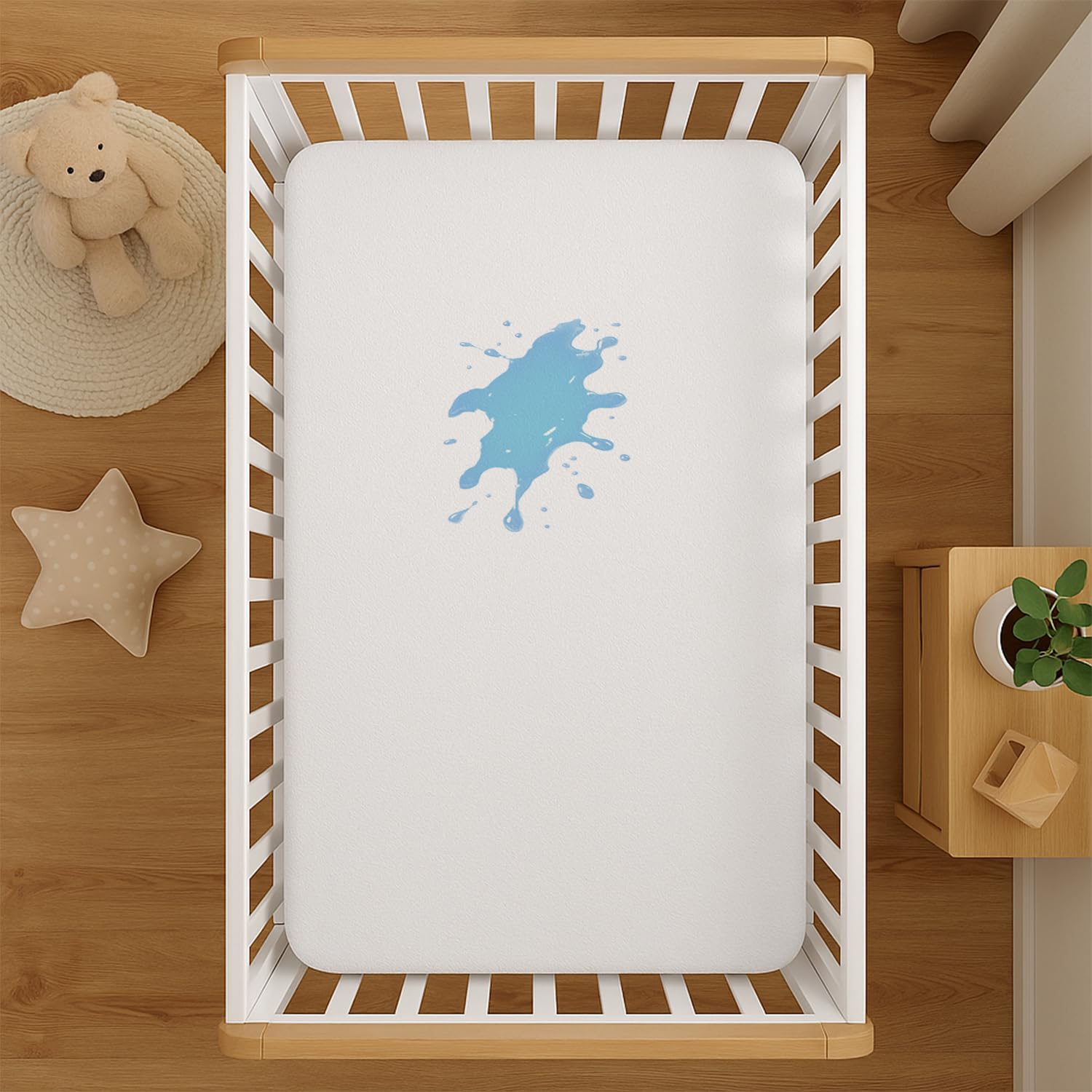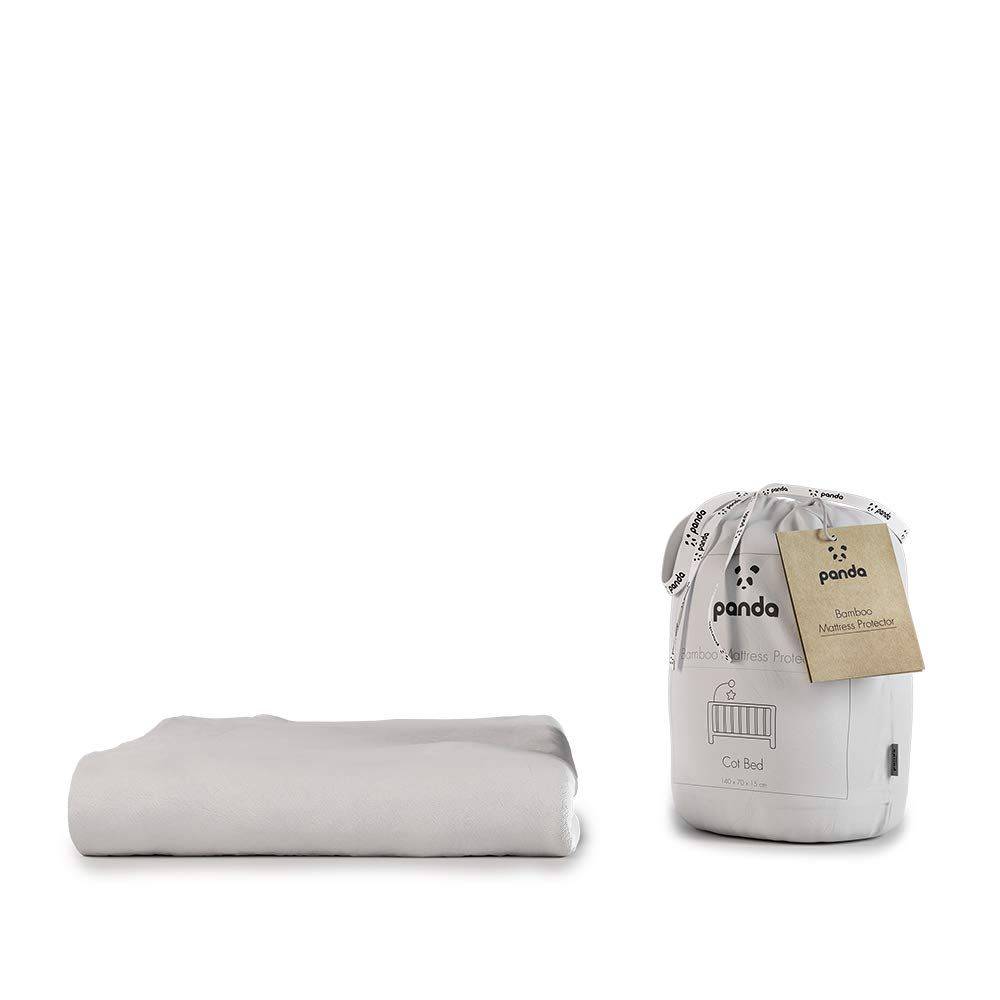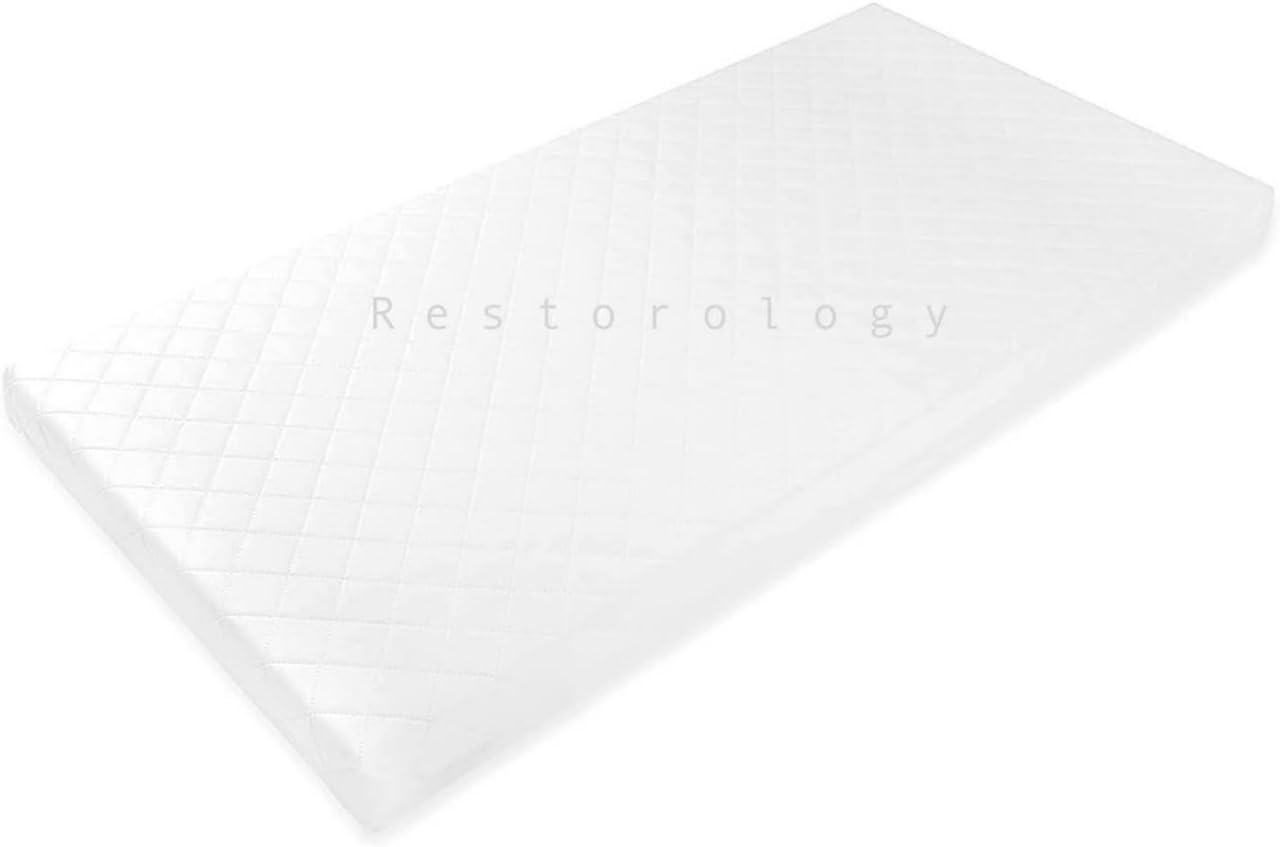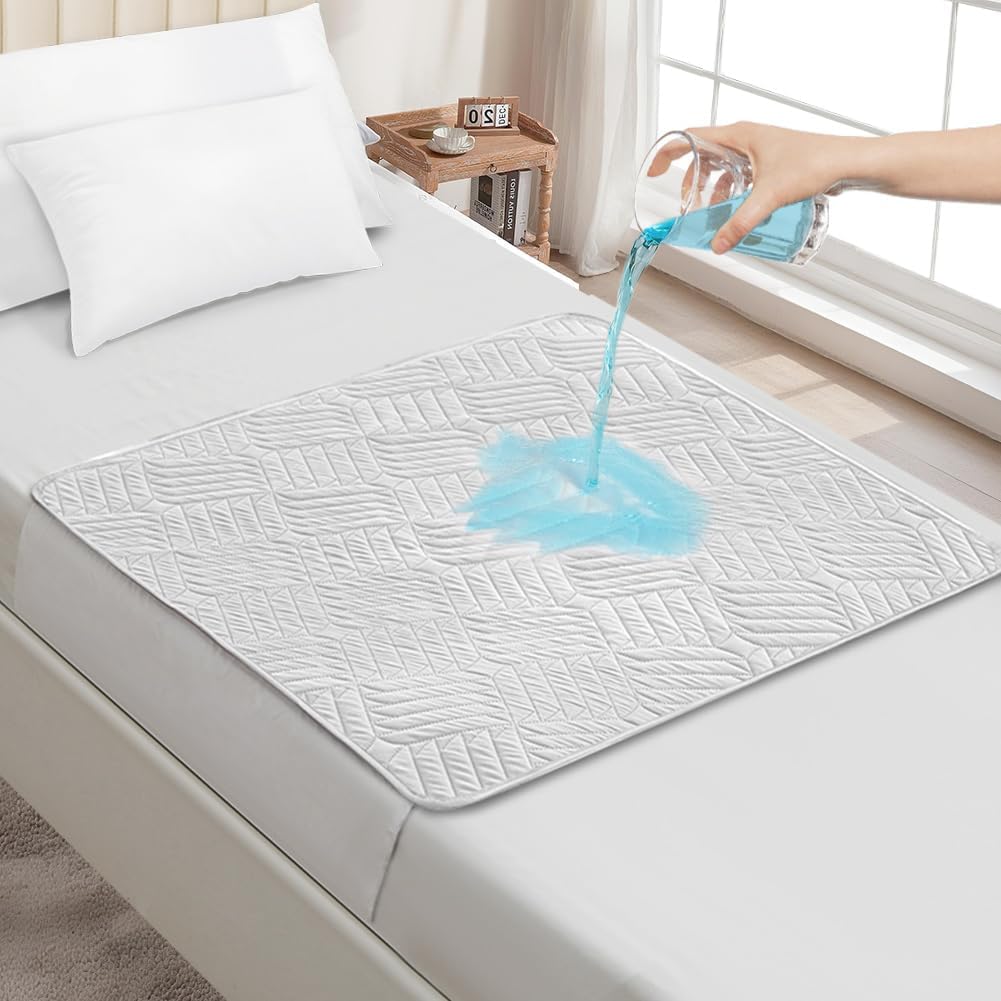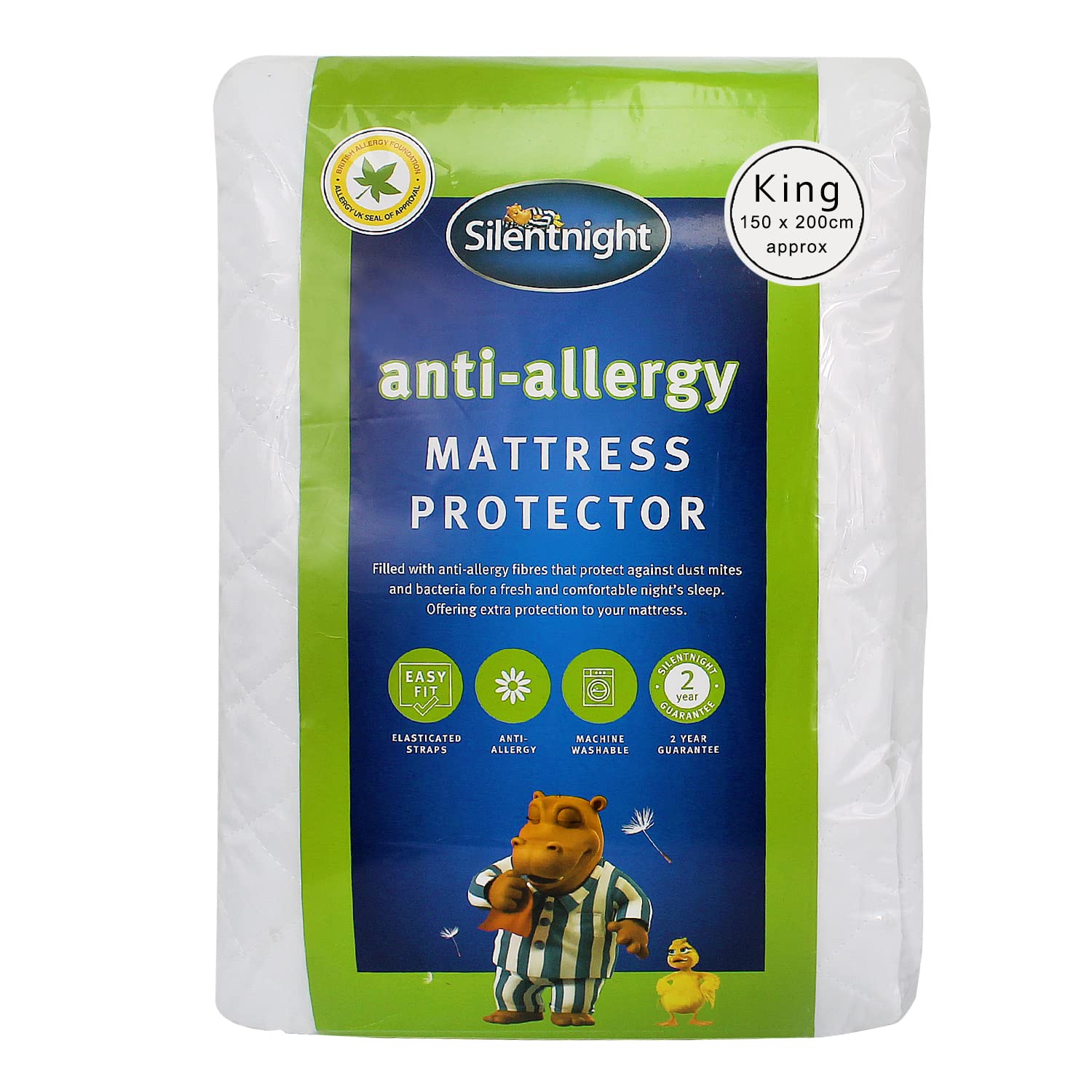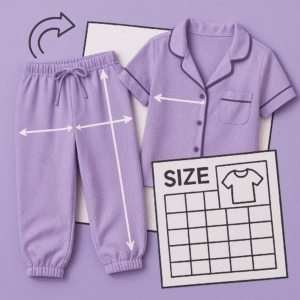A clean mattress protector keeps your bed fresh and your mattress in good condition, but how often should you wash it and what settings should you use? The answer depends on how you use your bed, whether you have allergies, and whether spills or accidents are common. This guide gives a simple, practical schedule for UK households, plus stain response steps and the right machine settings so protectors last longer and breathe better.
Seasonal warmth usually comes from duvets that balance weight and airflow in UK bedrooms.
Weekly and Monthly Routines
For most people, washing a fitted protector every two to four weeks is a sensible rhythm. If you sweat heavily, have pets on the bed, or manage allergies, wash weekly along with sheets. Pillow protectors benefit from the same schedule. Full encasements do not need washing as often. Remove and wash them every one to three months while you wash sheets weekly. In homes with small children or frequent spills, wash immediately after any accident and keep a spare protector ready so you can remake the bed fast.
Stain Protocol
When spills happen, act quickly. Blot liquids with a clean towel to remove as much as possible. Avoid scrubbing, which can push fluid into the fabric. Rinse the affected area under cool running water if the label allows, then wash the whole protector soon after. For stubborn stains, a small amount of enzyme cleaner can help on cotton tops, but test a hidden area first and avoid products that could degrade the waterproof membrane.
Machine Settings and Detergent
Use a small amount of mild liquid detergent that rinses easily. Avoid bleach and heavy softeners. Select a cool or warm gentle cycle according to the label and use an extra rinse if your machine offers it. Fabric softeners and excess detergent can clog the tiny pores in breathable membranes and reduce wicking from fabric tops, which can make the bed feel warmer. Rinsing well keeps breathability high.
Drying Without Damage
Tumble dry on low heat or line dry. High heat can damage membranes and elastic. Remove from the dryer promptly and let the protector cool flat before folding or putting it back on the bed. If you notice any delamination, fraying or loss of waterproofing, it may be time to replace the protector. Keeping heat low extends life and preserves comfort.
Replacement Timeline
A good protector should last a couple of years of regular washing. Replace when you see obvious wear, when waterproofing fails, or when stains and odours persist after washing. Having two protectors in rotation makes laundry easier and spreads wear, which helps each one last longer. It also means you always have a backup when accidents happen.
Quiet, washable designs with deep corners appear in mattress protectors for UK beds; breathable setups usually pair with cool sheets and a suitable duvet.
FAQs
How often should I wash if I have allergies? Weekly washing of protectors and pillow protectors helps manage dust mites and allergens. Hot washing of sheets and frequent vacuuming of the bedroom also help.
Can I tumble dry a protector? Yes on low heat if the label permits it. Many protectors dry well on a line or rack, which protects the membrane and elastic.
Why does my protector feel warmer after a few washes? Residue from detergents and softeners can reduce breathability. Use less detergent, add an extra rinse, and avoid softeners to restore performance.
